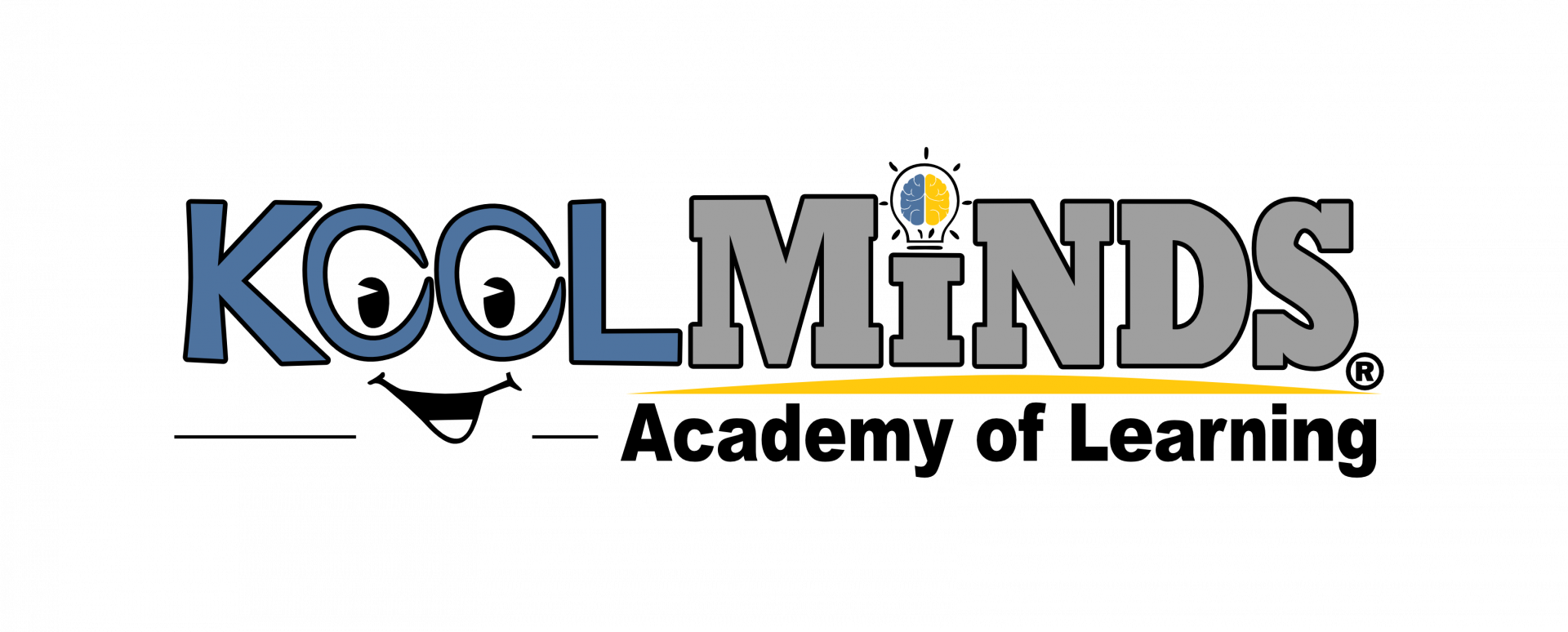-
Generally illegible writing
-
Inconsistencies in writing, e.g. mixtures of printing and cursive writing, upper and lower case, or irregular sizes, shapes, or slant of letters
-
Unfinished words or letters, omitted words
-
Inconsistent position of letters on the page with respect to lines and margins
-
Inconsistent spaces between words and letters
-
Cramped or unusual grip of the writing instrument, especially holding the writing instrument very close to the paper, or holding thumb over two fingers and writing from the wrist
-
Strange wrist, body, or paper position
-
Talking to self while writing, or carefully watching the hand that is writing
-
Slow or labored copying or writing
-
Large gap between written ideas and understanding demonstrated through speech.
-
Difficulty organizing thoughts on paper
-
Avoids writing or drawing tasks
-
Poor understanding of upper and lower case letters

